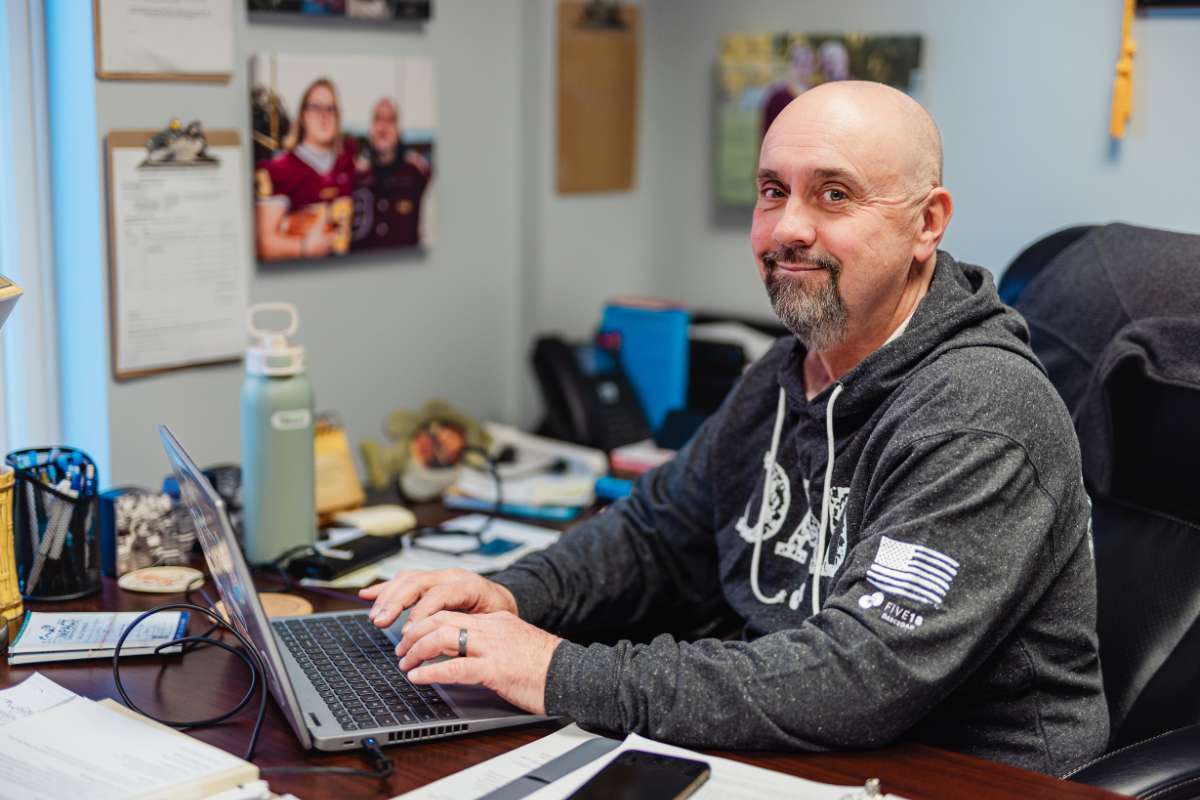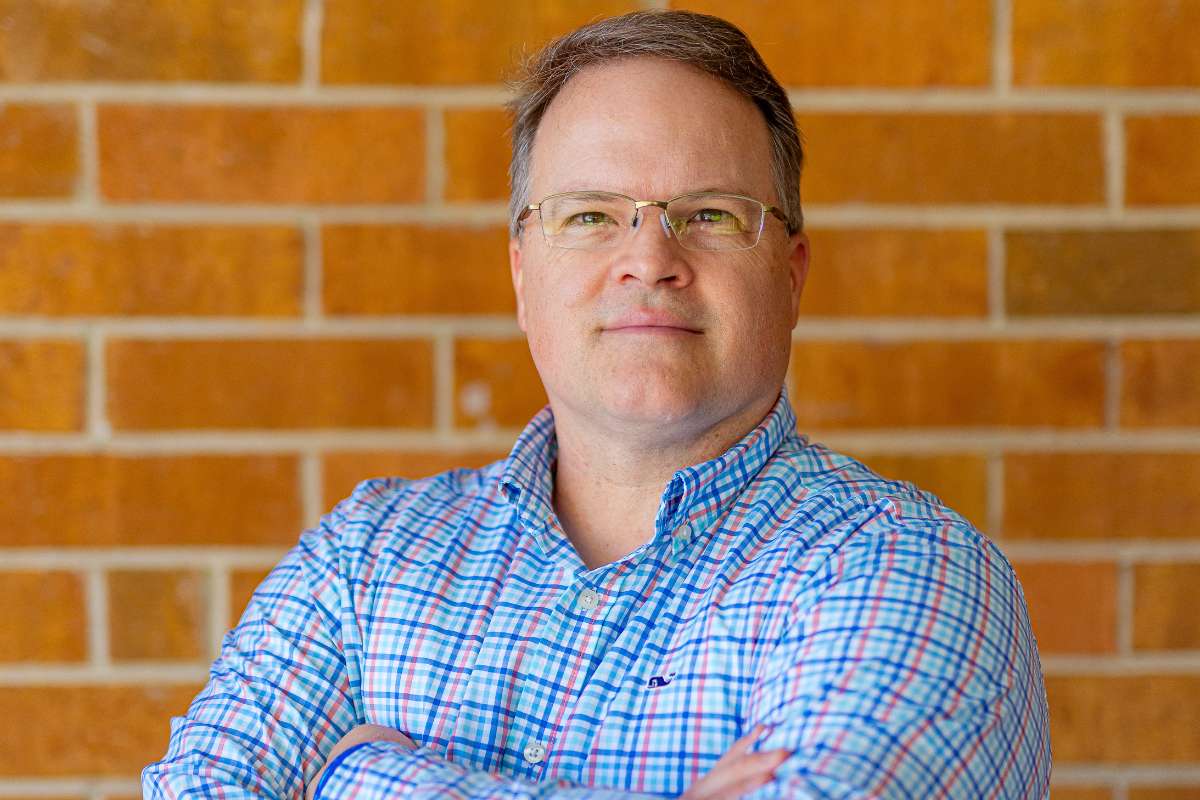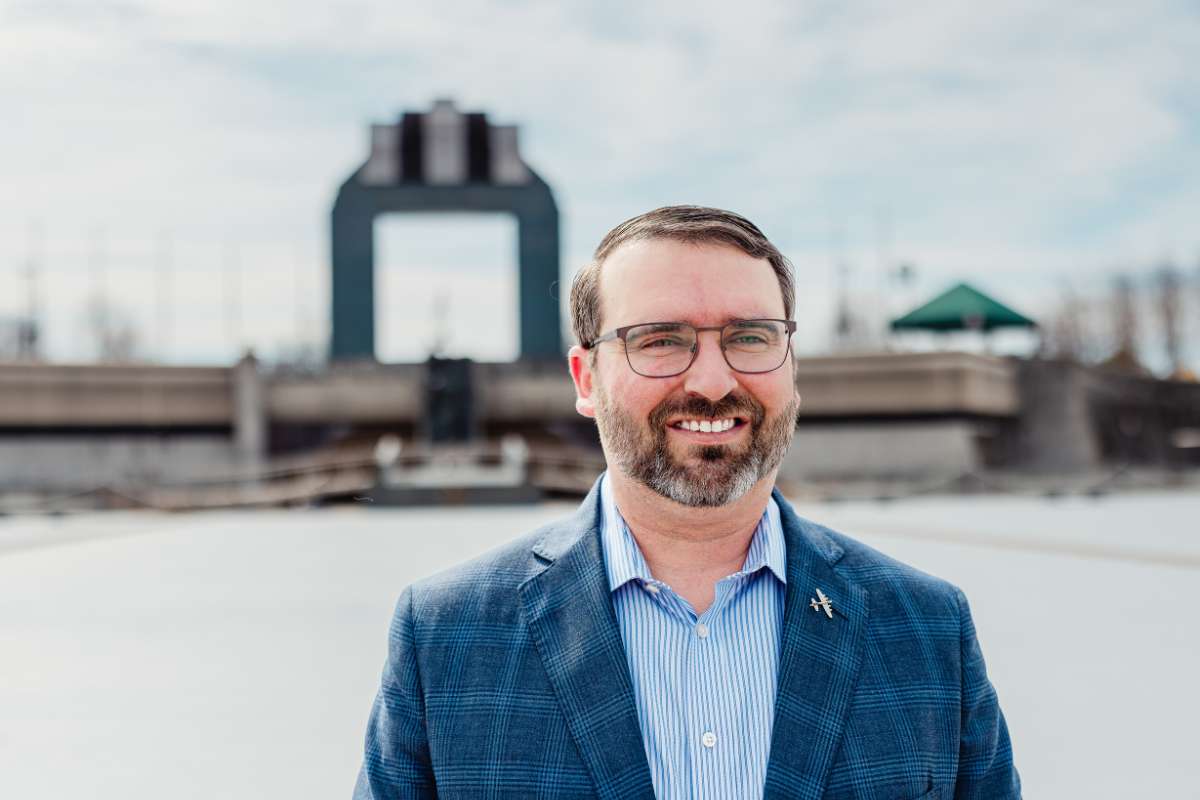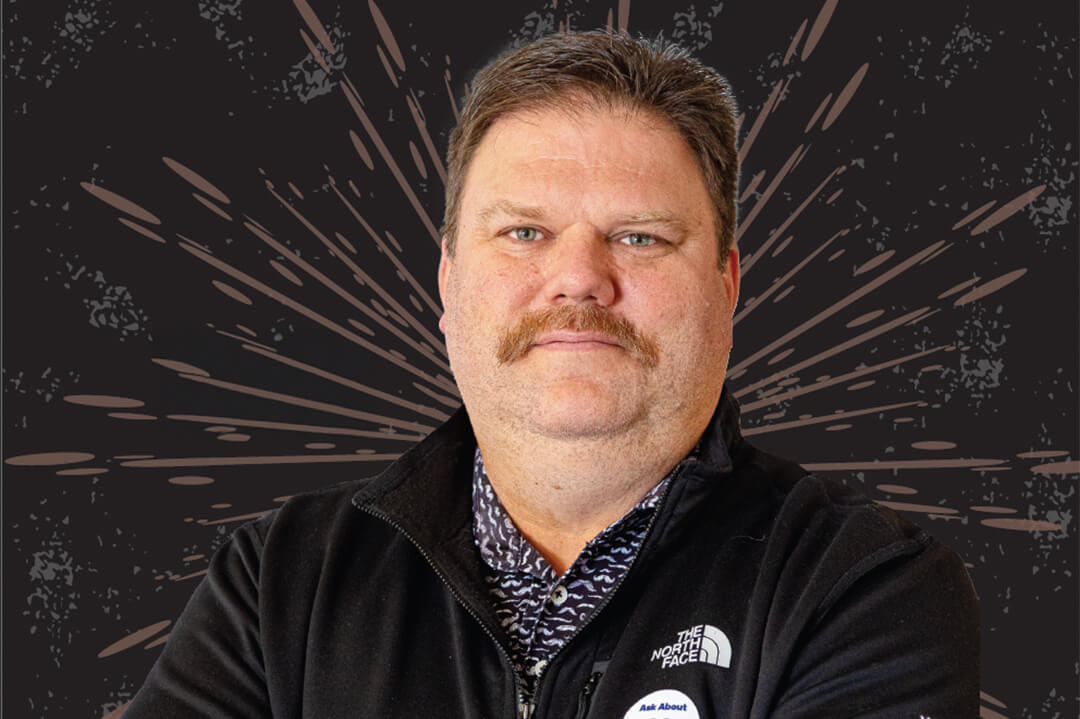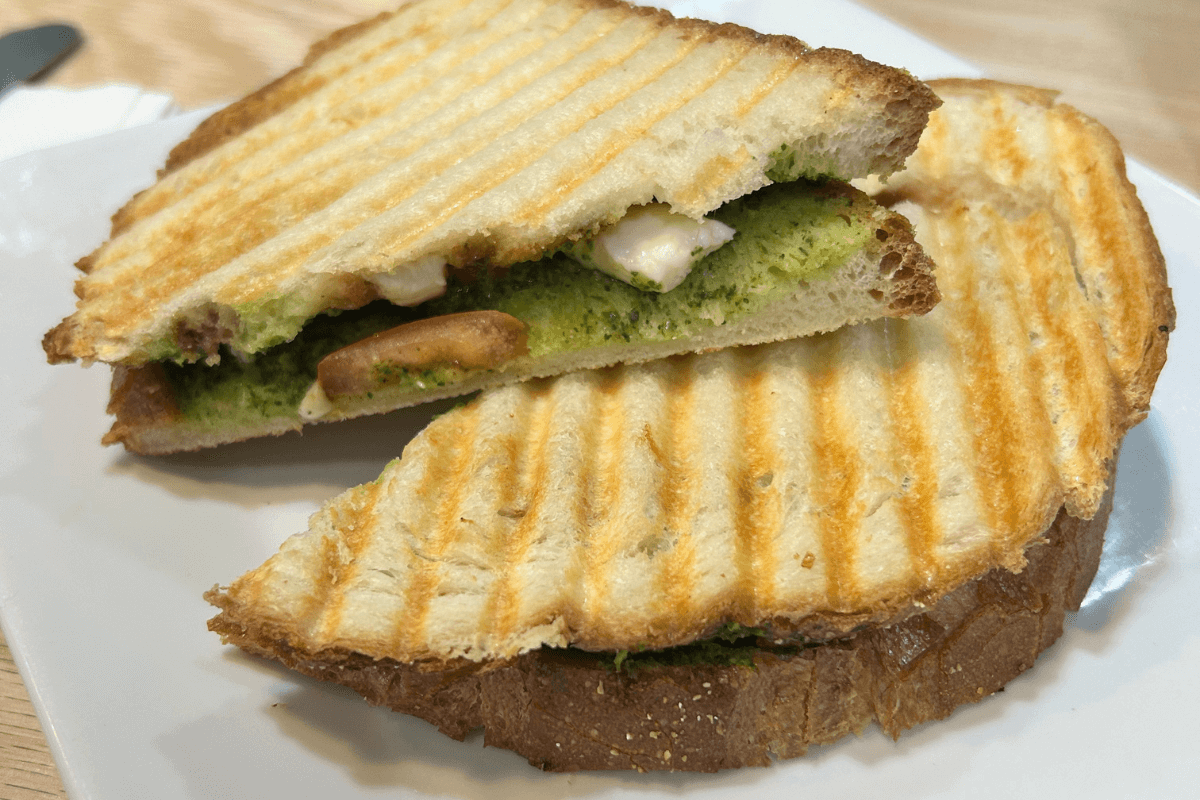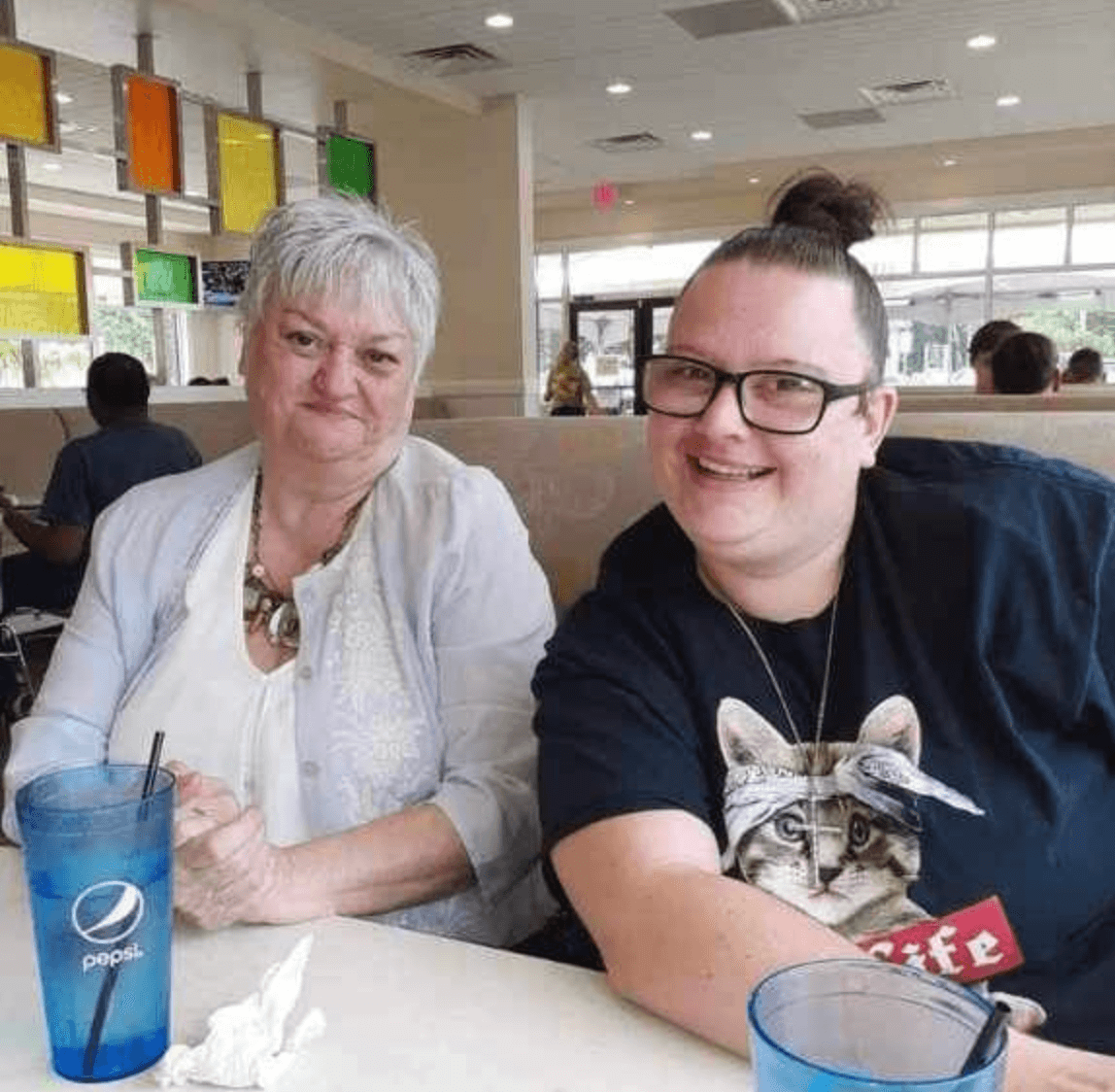RECORD-BREAKING INVENTIONS are not common, and Lynchburg is proud to be home to one such invention: the Edison2 Very Light Car. Nearly 15 years ago, Lynchburg found itself on the national stage during the Progressive Insurance Automotive X Prize, a competition where the mission was to inspire a new generation of super-efficient vehicles.
Lynchburg’s automotive design company, Edison2, joined the competition, beating out 111 other teams in the mainstream category and constructing a 4-passenger car that boasted over 100 MPGe of fuel economy. Founder and CEO Oliver Kuttner said his interest was caught by both the prize money – $5 million – as well as the chance to invent something that benefits the world.
“Rather than all these people who talk about it and have their opinions, I sat down with my engineers,” Kuttner said. “I very much believe that the only real solution is really smart thinking about how we use our resources and efficiency.”
The Very Light Car was built on that same principle of efficiency and the foundation of basic engineering principles. Chief of Aerodynamics Barnaby Wainfan said the reason the team succeeded was their refusal to start with an existing car design.
“Almost everyone else was looking in the wrong direction,” Wainfan said. “They were looking for the magic drivetrain to drive an otherwise conventional car — hybrid, electric, diesel, flux capacitor, whatever it was — and we realized that that wasn’t going to work. And the primary reason that wasn’t going to work — when you just step back and look at it — was just the total energy it actually took to make a conventional car move down the road.”
The resulting vehicle was built to be light and aerodynamic, and with the experience of Chief of Design Ron Mathis, it had all the handling of a race car along with the ability to withstand a crash.
“You had a race car engineer with free rein to design a chassis,” Wainfan said. “It was a fun, fun car to drive.”
The results were obvious. The two finalists in the mainstream competition were both Edison2 cars, as every other team had either dropped out, broken down, or failed to achieve the MPGe requirements. The Very Light Car even beat out the electric cars in the competition.
“Electricity is in our future, and being able to put electricity into cars … is a very good thing,” Kuttner said. “So, I’m in favor of electric cars, but the missing ingredient is to make cars more efficient.”
Wainfan said the Edison2 team achieved something many believed impossible. At the time, 100 MPGe was about twice as fuel efficient as the best car on the market. While the Edison2 car didn’t make it to full production, he said, they proved such a car was possible in a straightforward, practical engineering way.
“You don’t get many chances in life to write your name in the record books,” Wainfan said. “The first time somebody does something technological that is otherwise believed to be impossible, you fundamentally change the conversation.”
Still, Kuttner has not given up on the Very Light Car. The prototype that won the competition nearly 15 years ago is still being improved, Kuttner said, and the thousands of hours he and his team have spent on it have made their mark. Even if it is not an Edison2 car, he said, the X Prize team has made an impact.
“You’re going to see cars that look like the Edison2 cars,” Kuttner said. “They’re not going to do it because Oliver did it, they’re just going to do it because that’s the only way to do it.”
To Kuttner, improving the world for future generations is incredibly important. Increasing the efficiency of current technology is one of the easiest ways to do that, and it is his goal to make it happen.
“You cannot build your future around things that might happen. You have to work with what exists,” Kuttner said. “I just keep trying to make the world a little bit of a better place.” GN


